Kia will enter the world of commercial vehicles in 2025 with an electric van called the PV5.
The Kia PV5, revealed at CES in Las Vegas, is the first of a future line-up of what Kia calls PBVs, which stands for Platform Beyond Vehicle.
Kia has shown off several concept versions of these PBVs at CES alongside the PV5, including the smaller PV1 and PV3 and larger PV7, as well as different versions of the PV5 itself, as part of plans to ramp up its offering of multi-purpose vehicles in the coming decade.
The PV5 will be launched first, in 2025, and is the first model to come from a new factory in Korea – with an initial capacity of 150,000 units per year – designed solely to produce PBVs using a bespoke and more flexible manufacturing process.
The PV5 is 4.7 metres long and has a punchy target price of €35,000 (£30,600) for an entry-level model, although what size battery it will have and an indicated range has yet to be disclosed. A longer-wheelbase version is possible.
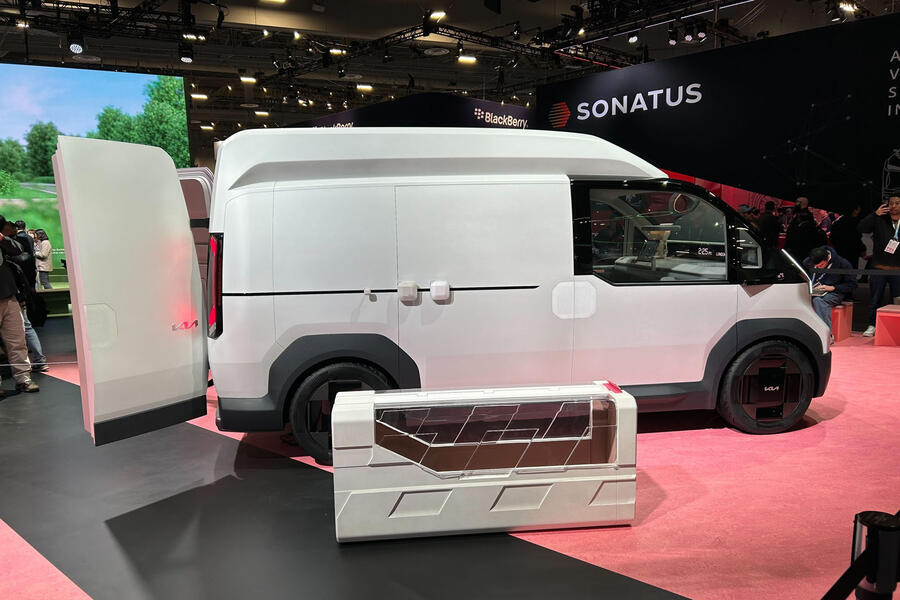
It will be built on a specially adpated version of the E-GMP platform used on the likes of the Kia EV6 and new Kia EV9 electric cars.
Unlike those EVs, the PV5 is natively front-wheel-drive and has a 400V electrical architecture rather than an 800V one.
Two versions of the PV5 confirmed to be offered at launch are the seven-seat People Mover – a rival to the new electric Ford Tourneo Custom – and the High Roof panel van, which maximises cargo space.
Kia is targeting small and medium businesses, including utility companies, with this van initially. The pair of PV5s is set to reach the UK in 2026.
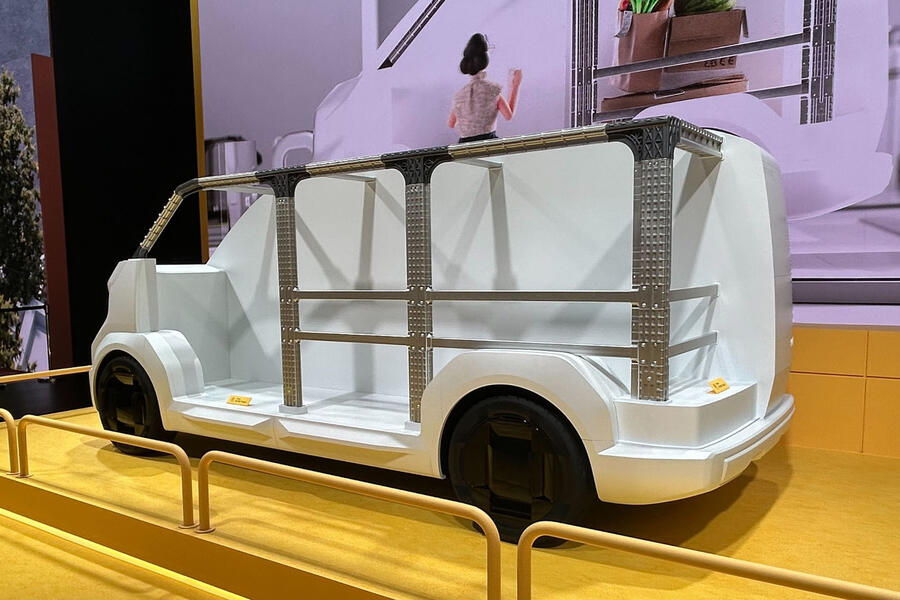


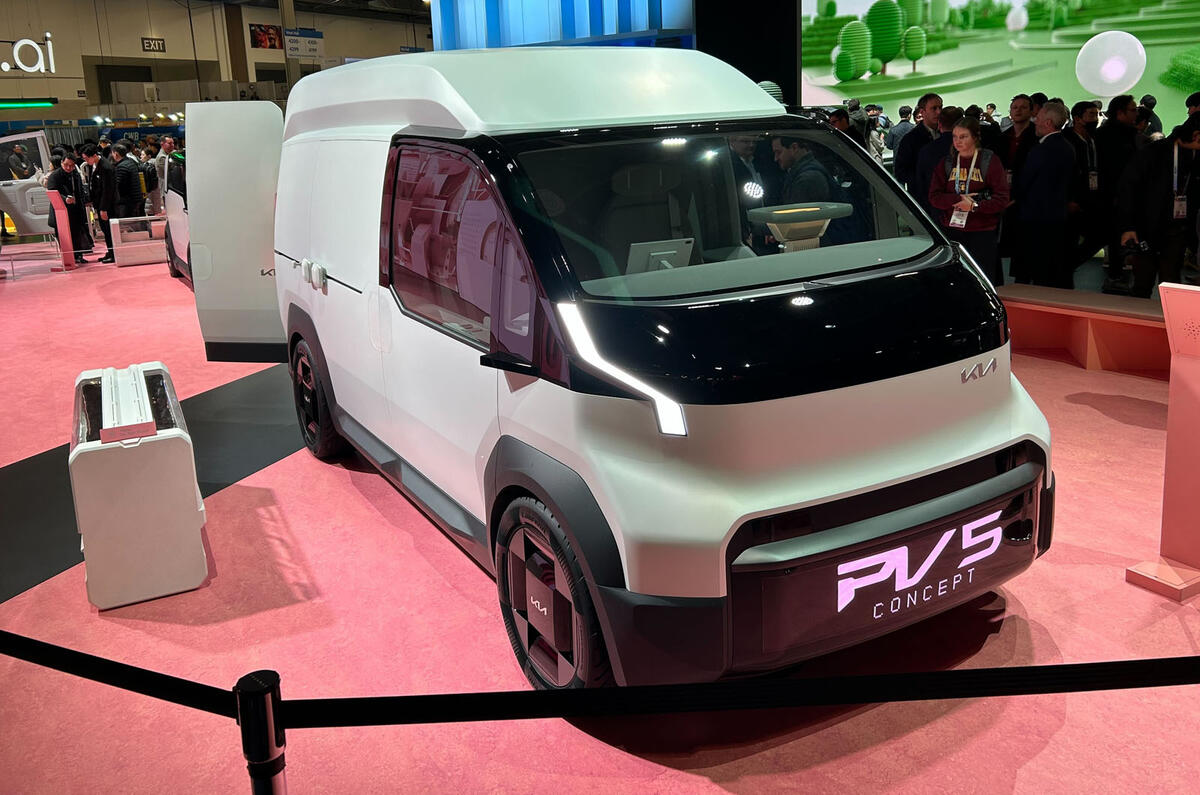
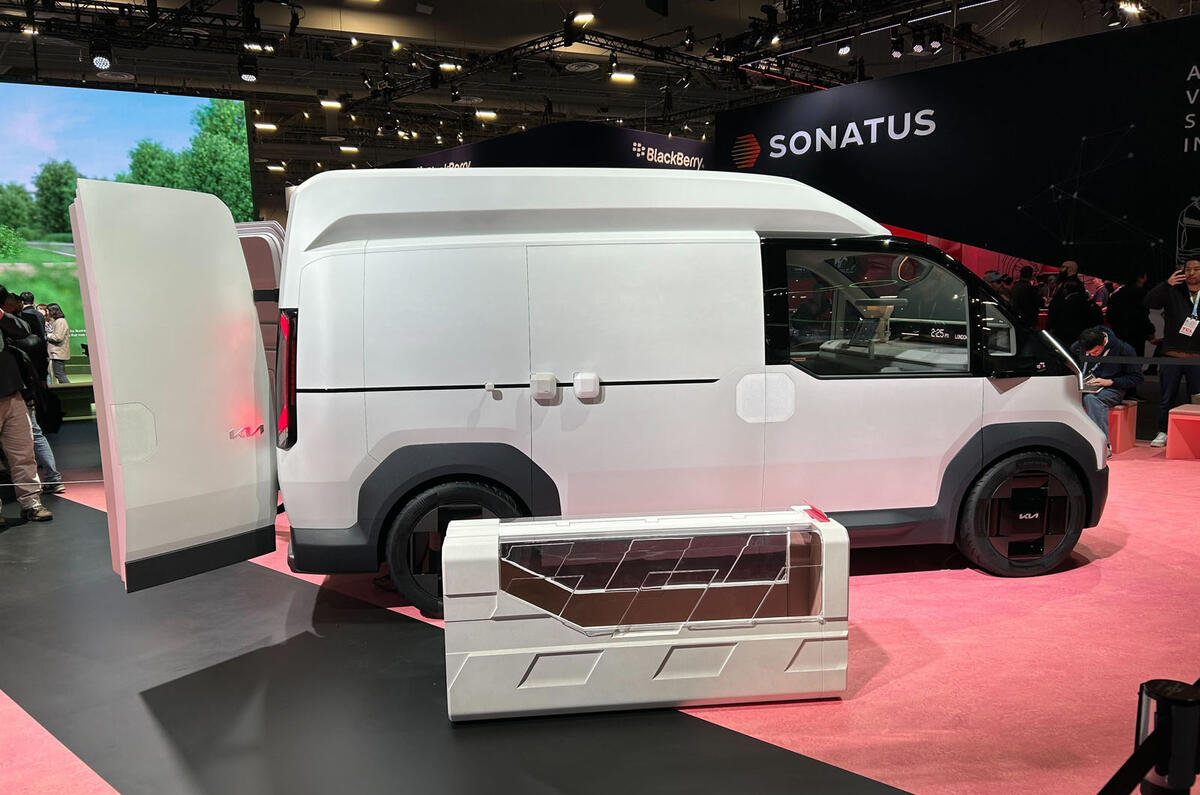
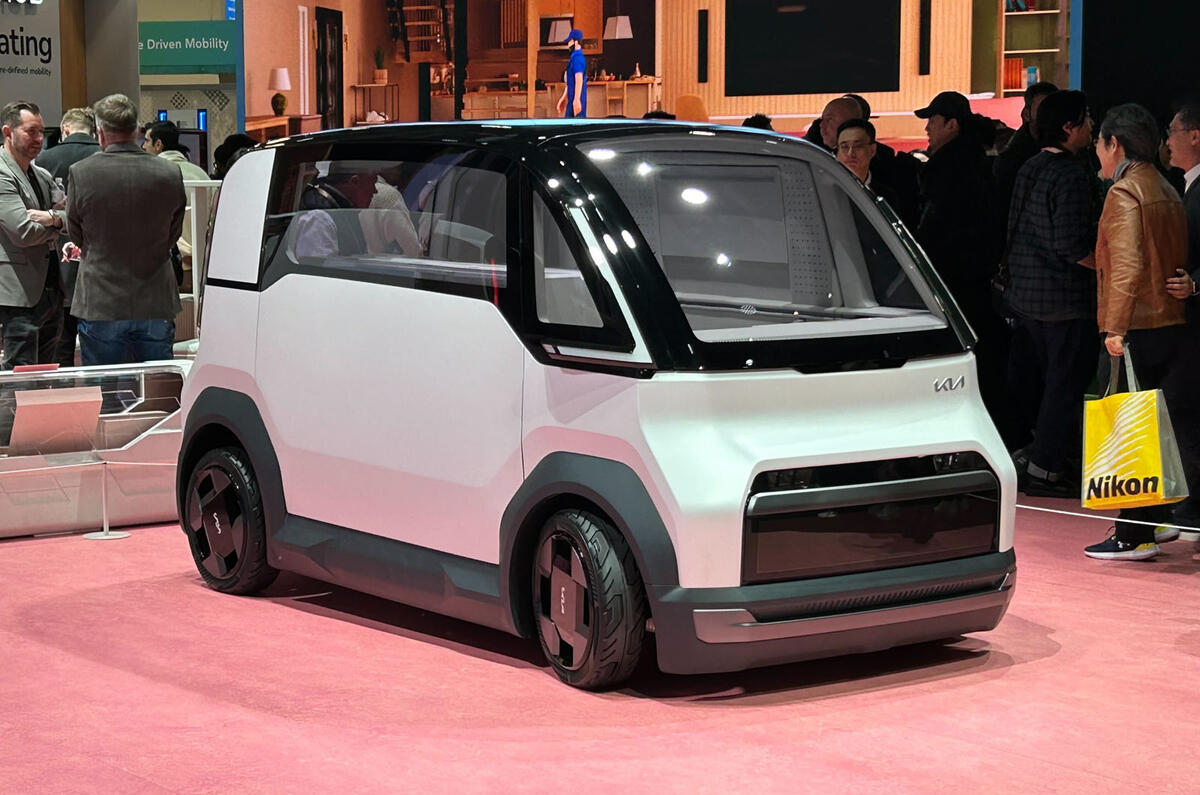

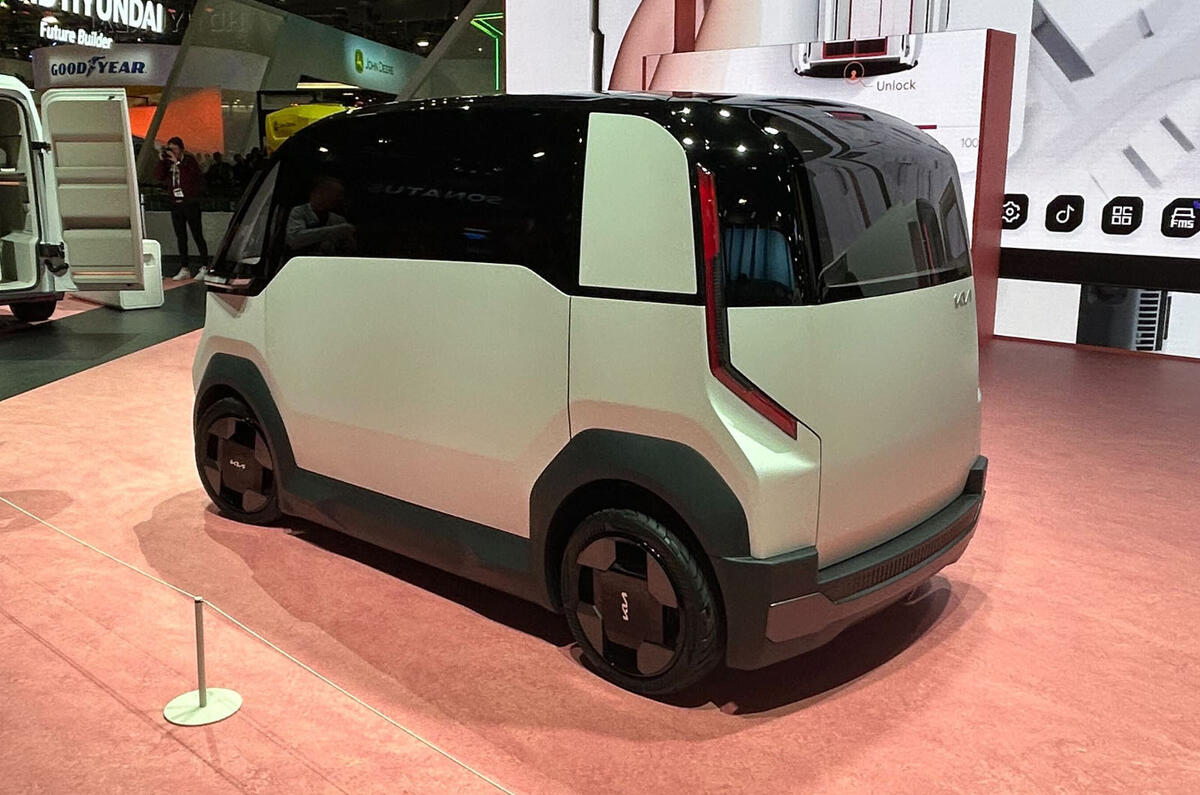



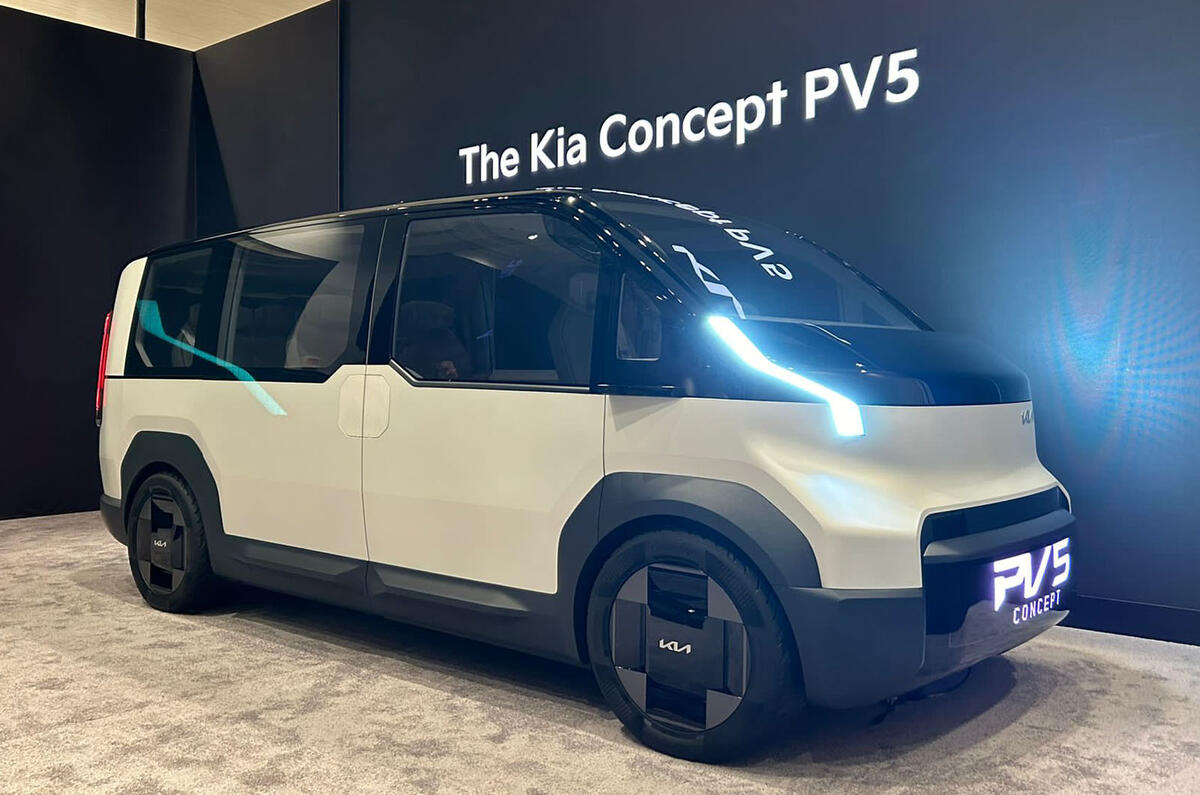
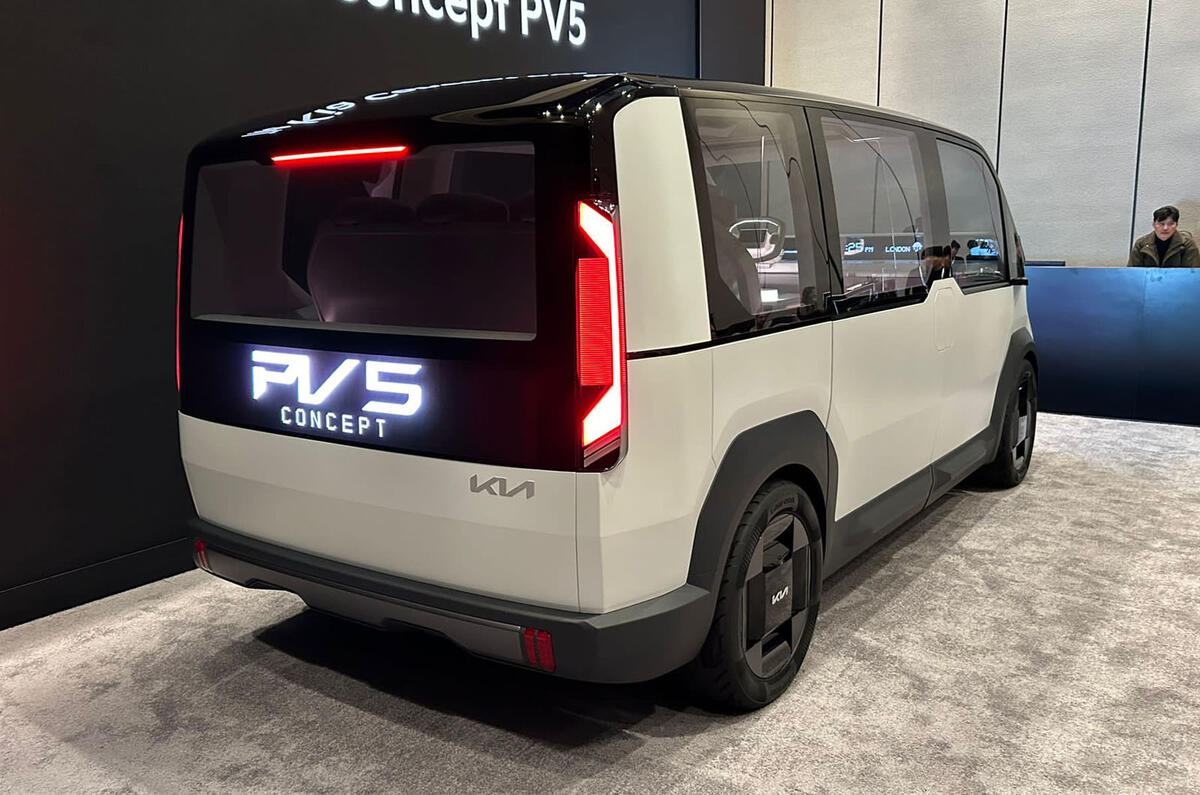
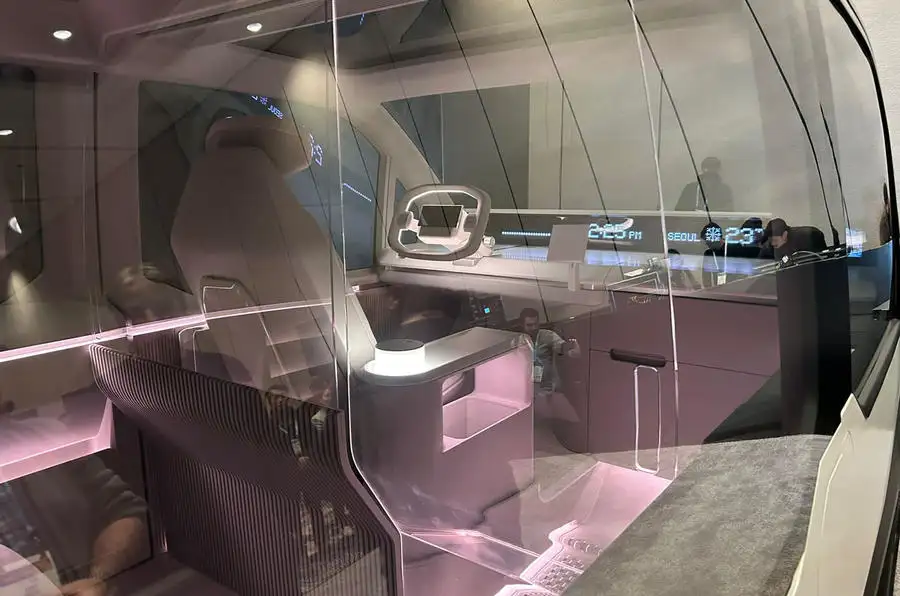
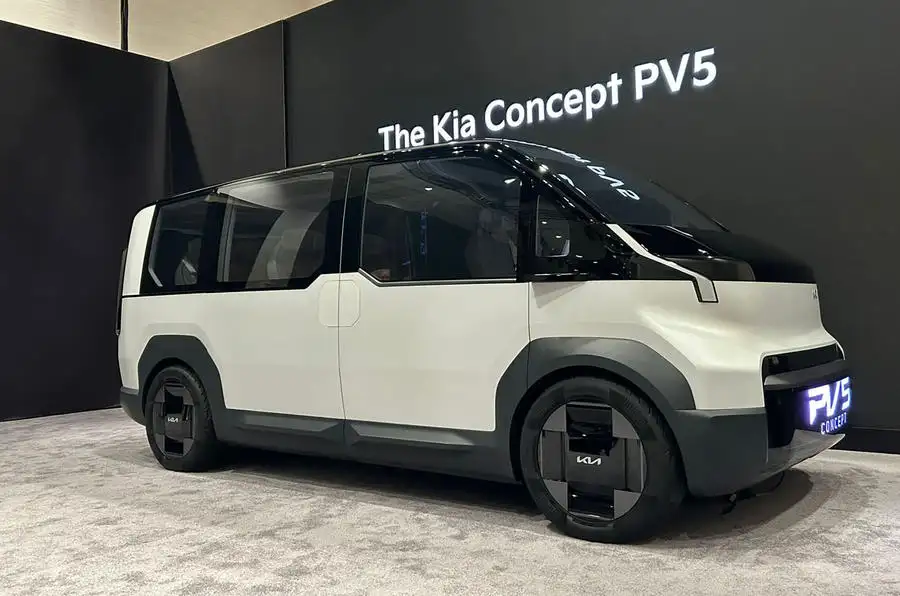

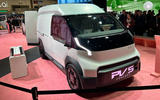













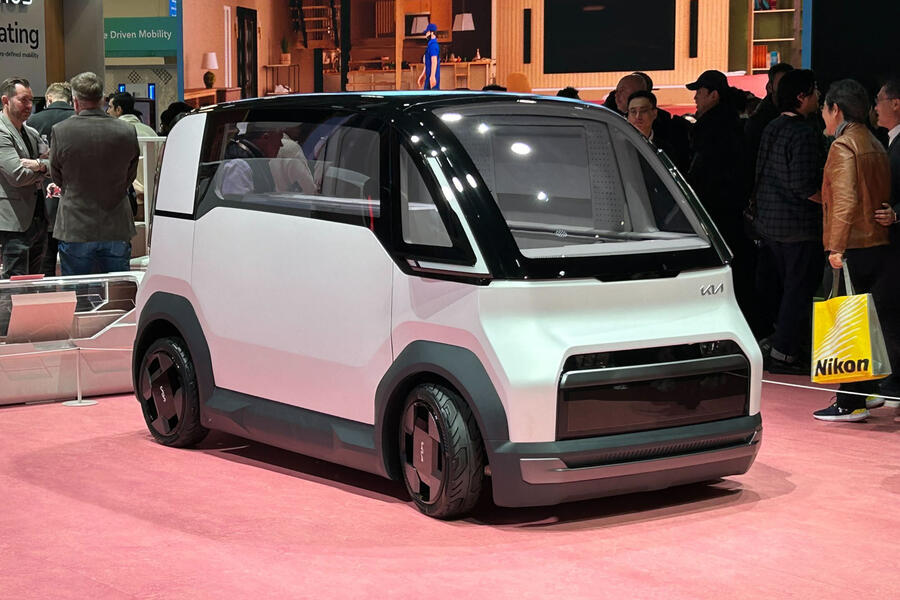
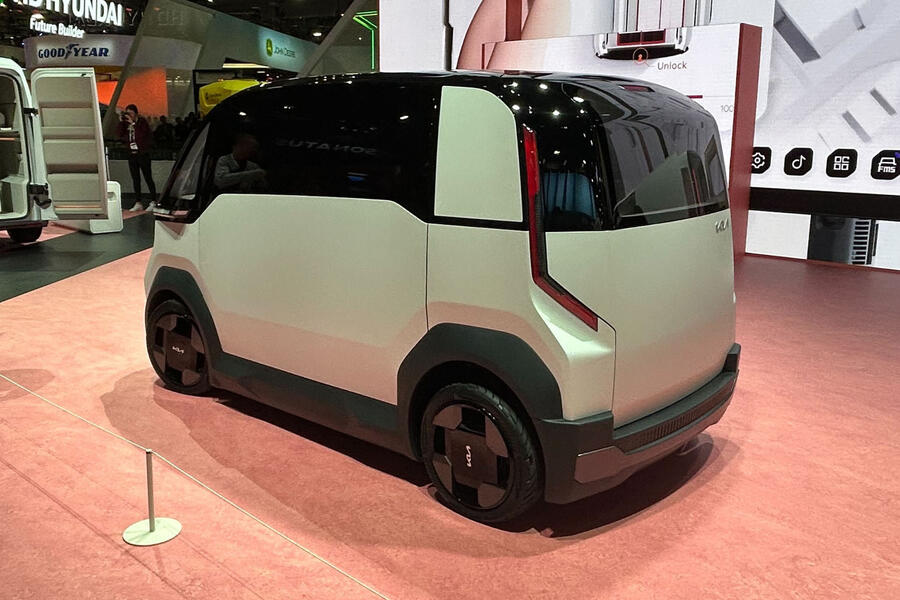






Join the debate
Add your comment
This is what happens if you use Lego as a starting point,joking aside it looks really ,good clean functional and modern the interior is impressive as well the driver's seat looks very comfortable and the fascia looks very clear and easy to understand. Hyundai & Kia haven't really bothered too much in the LCV marketplace apart from the i800 but vehicles like this would make an excellent start
Hey Autocar, why do most articles seem to have a biography of the person who wrote it appended to it?
Are you all looking for new jobs?
It's got to look nice and these look like Boxes on wheels with maximum use of interior space and probably crammed with ever AI app you'll hardly ever use.